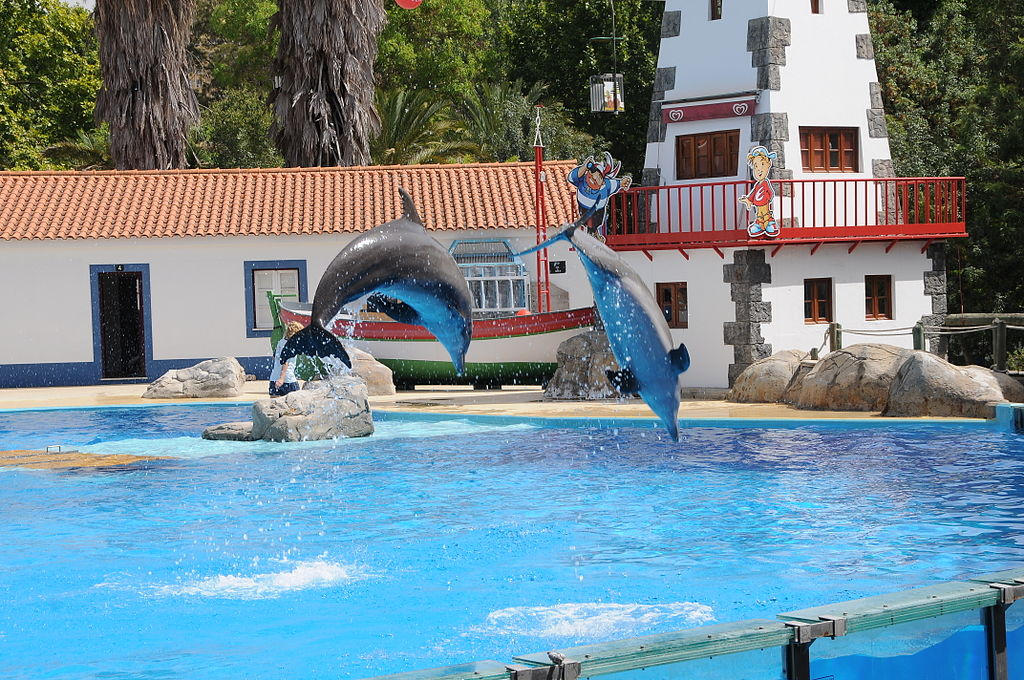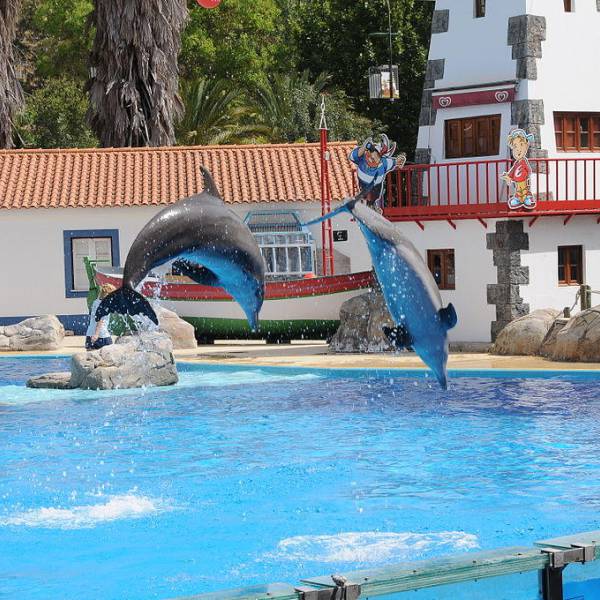The concept of establishing a zoo in Lisbon began to circulate in 1882, with discussions among individuals such as Dr. Van Der Laan, Dr. Sousa Martins, and May Figueira, who owned the largest aviary in Portugal at the time. Inspired by zoos in other European capitals, they recognized the need for a zoological garden in the Iberian Peninsula to showcase exotic flora and fauna. After conducting research trips to European zoos, the group sought financial support from various individuals, including civil engineer Lino Bento de Sousa, 2nd Baron of Kessler Frederico Luís Hermano, and D. Fernando II.
On 5 September 1883, the zoo project began to take shape, and construction commenced shortly after. On 28 May 1884, the Lisbon Zoo opened its doors to the public, featuring a collection of 1,127 animals, some of which were donated by the Portuguese royal family and other dignitaries. The zoo quickly gained popularity, attracting 170,000 visitors in its inaugural year.
Lisbon.vip Recommends
In 1894, the Lisbon Zoo moved to Palhavã, a new location that differed from its previous picturesque setting. The park reopened on May 13, 1894, and the zoo started selling and exporting animals to improve its financial situation. The introduction of a new tram line in 1902 further boosted visitor numbers, as it provided convenient access to the zoo.
However, in 1905, the lease for the land at Palhavã expired, and the zoo had to relocate once again. The equipment and animals were moved to Quinta Das Laranjeiras, its present location.
Since then, the Lisbon Zoo has continued to evolve, expanding its collection and facilities while maintaining its commitment to conservation, research, and education. It remains a popular destination for locals and tourists alike, offering a unique opportunity to encounter a diverse range of fascinating animal species.





